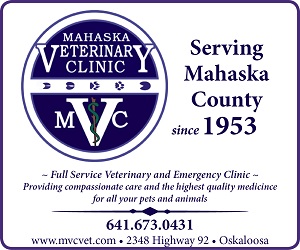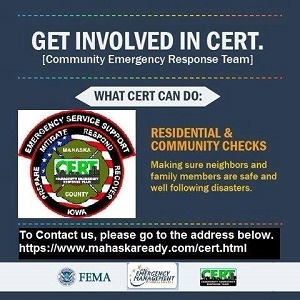Produce Donations From the Garden
Many gardeners are very good at growing fruits and vegetables to the point there is excess. Many gardeners preserve their surplus for later use, others give their excess to family, friends, and neighbors. Another option for excess produce is donating it to others.
Donating to a local/community food pantry/bank, meal program, shelters, church/religious or community organizations is a great way to help the groups who serve the “food insecure” provide fresh produce. Gardeners with the time and space can provide a whole garden, a row or two or just one extra plant. All donations make a difference. If you have decided to be a generous gardener this upcoming growing season, here are some suggestions to help with your donations:
Before purchasing seed/supplies or planting any extra, check with the local food pantry/bank, meal programs, shelters, church/religious or community organizations. Know what kinds of fruits and vegetables they will accept, as well what is preferred including how, when and where items can be donated.
If pesticides were/are used, be certain instructions on the label were followed. If unsure, discard the produce.
Use potable (safe to drink) or clean municipal drinking water for irrigation/supplemental watering.
Keep pets and wild animals away from the garden.
Practice safe hand washing (with soap and warm water 20 seconds) before and after handling any produce.
Use clean tools, utensils, and gloves to harvest. Handle the produce only as necessary, this lessens the risk of foodborne illnesses. If you are ill, do not donate produce.
Harvest the produce at it’s prime, inspecting carefully. There should be no mold/rust, bruising/damage, or overripe produce. It you wouldn’t buy it, don’t donate it.
Time the harvest so you can donate it as fresh as possible. If produce can’t be donated right away, store it appropriately, possibly refrigerating.
Brush off any mud or soil. But do not rinse the produce as it removes protective coatings and introduces extra moisture.
Only use food grade containers, boxes, and bags to store and carry produce. Separating the various kinds of produce from each other. Transport in a covered vehicle.
Gardeners who donate produce to nonprofit organizations for distribution to people in need are protected from criminal and civil liability by the federal Bill Emerson Good Samaritan Food Donation Act. The terms of the act protects donors from liability should the product donated in good faith later cause harm to the recipient.
Best Practices for Donation Gardening in Mahaska County has been created as a summary of principles, practices, produce preferred and local organization contact information. It is available at the Mahaska County Extension website and office.
For additional information on donating produce, download these ISU Extension and Outreach publications: HORT 3068 Top 13 Vegetables to Donate to Food Pantries; PM 2034 Fresh Vegetable Guide; PM 2034A Fresh Fruit Guide from https://store.extension.iastate.edu/ .















